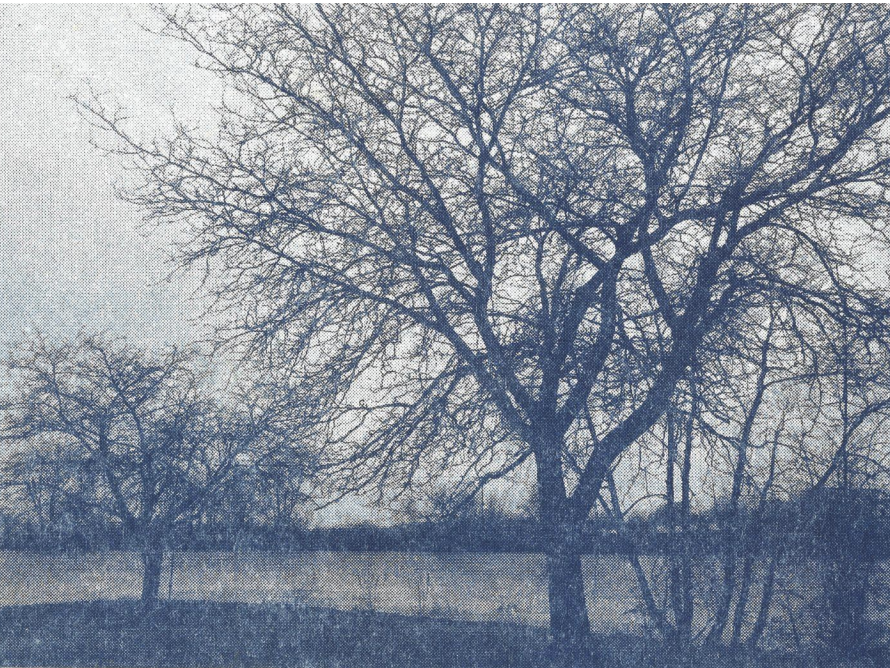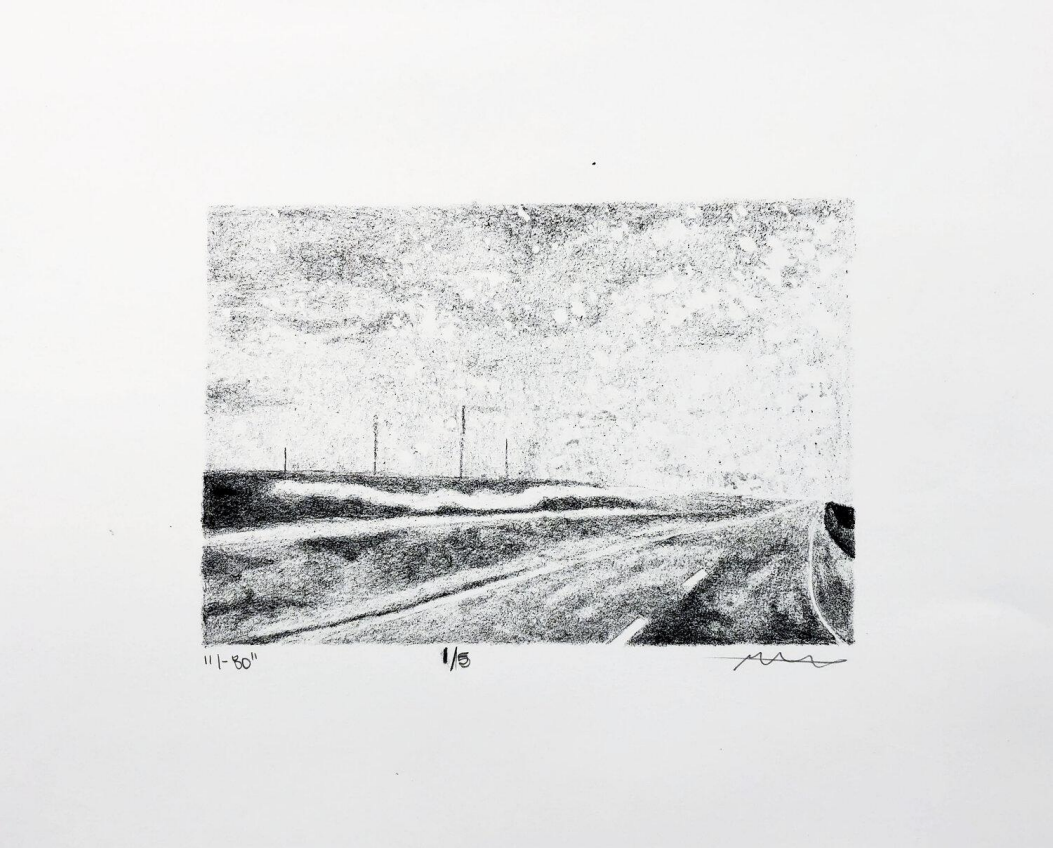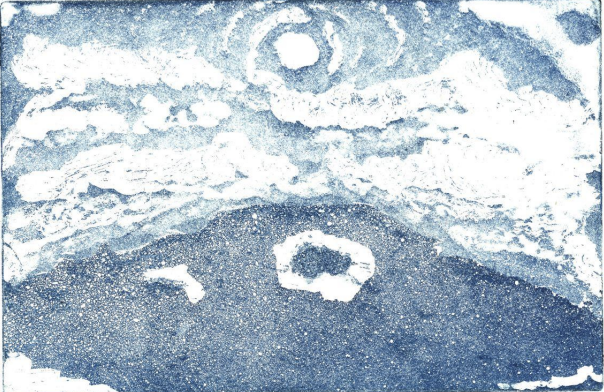A Conversation with Artist Lainey Peltier
Lainey Peltier is a represented artist at Vivid who is showing three pieces in this month’s group exhibition, Winter Salon.
1. What are your earliest memories of art? How did you become an artist yourself?
I have many early memories of art, as my mom often took me to art museums as a child. She is also an avid collector, and my childhood home was filled with original art, so I grew up having a great appreciation for both collecting and creating. Though I had an active interest in visual art in elementary and middle school, it wasn’t until I enrolled in a printmaking class in undergrad that I really fell in love with creating art. I was initially an art history major at CU Boulder, but I found myself sitting in class thinking of what I could create and yearned to learn the skills I needed to make my concepts a reality. Once I enrolled in an Intaglio class, I fell in love with the process-oriented way of making and was lucky enough to find great mentors who encouraged me to pursue my MFA after undergrad.
2. What has been your evolution as an artist?
I first began making art seriously in 2019, and I initially only created Intaglio prints and only worked in black and white. Since then, my practice has undergone tremendous evolution, and now I work in a very interdisciplinary manner. I credit this evolution mainly to my experience in graduate school at the School of the Art Institute of Chicago, where I was taught to begin with a concept first and then choose the medium that best suits that idea. I now work in a combination of printmaking, drawing, painting, video, ceramics, and installation. What’s really exciting me at the moment is figuring out ways to combine these different mediums into a fully integrated form.
3. Are there any artists who have inspired and influenced you in your work? If so, who are they?
Yes, definitely! There are many artists I admire who have greatly influenced my work. My early mentors, Matthew Christie, and Melanie Yazzie, are very active printmakers, and their practices significantly shaped how I approach printmaking. Additionally, I have always been inspired by the work of April Gornik and Basia Irland, two artists who engage with landscape and have inspired my own work with landscape as a subject matter. More recently, I’ve been very interested in the practices of Richard Tuttle, Ree Morton, and Polly Apfelbaum, especially in their use of color, varied material interests, and how they engage with space in their installations.
4. Can you describe your process for creating a work?
I almost always begin my process with a photograph, either one that I’ve pulled from my personal archive or a found image from public archives. When I’m creating a print, I’ll take that photograph and create a drawing from it that I base the print on. For other works, I’ll use the photograph as a starting point to representation and abstraction, adjusting its form until I reach the desired level of ambiguity. From there, I like to play with material juxtapositions and combinations, and spend a lot of time deciding on the material(s) for the forms. My process is an interplay between research and intuitive, as such, I spend time letting the creation of the piece guide where it goes next.
5. Your work seems to revolve around specific colors – often blues and whites in particular. Can you talk a little bit about the role of color in your work?
I often lean more towards subtle, subdued hues in my work, although I’m a fan of exuberant color in almost every other aspect of my life. I’ve been going through sort of a blue period lately in my work, connected to my profound fascination with water as an element, substance, and force. I’ve spent much of my work in graduate school working with blue exclusively.
6. Where do you see your work going from here?
I’m excited to continue working with found imagery, especially as it relates to social and cultural perceptions of landscape. I’m also excited to continue integrating various media into cohesive forms, combining video, printmaking, photography, and sculpture. Lately, I’ve been fascinated by the process of perception and how it relates to knowledge production, especially in the context of accepted truths regarding our relationship with land, so I’m looking forward to continuing to investigate this in my work.





